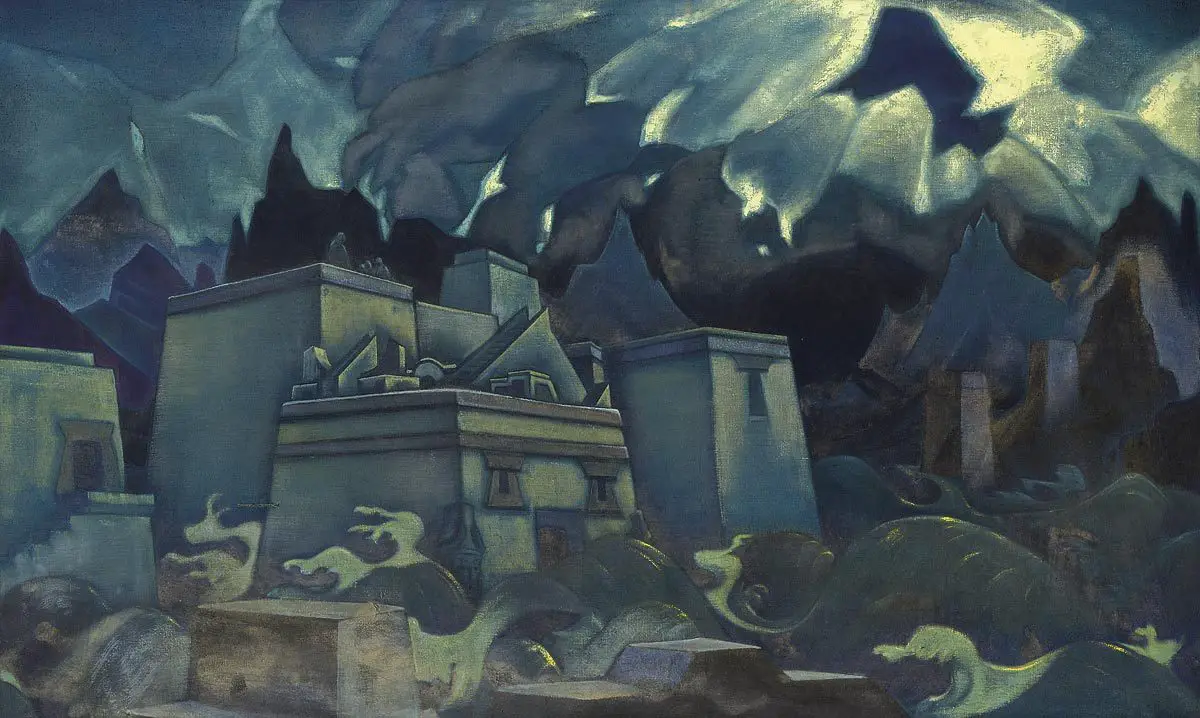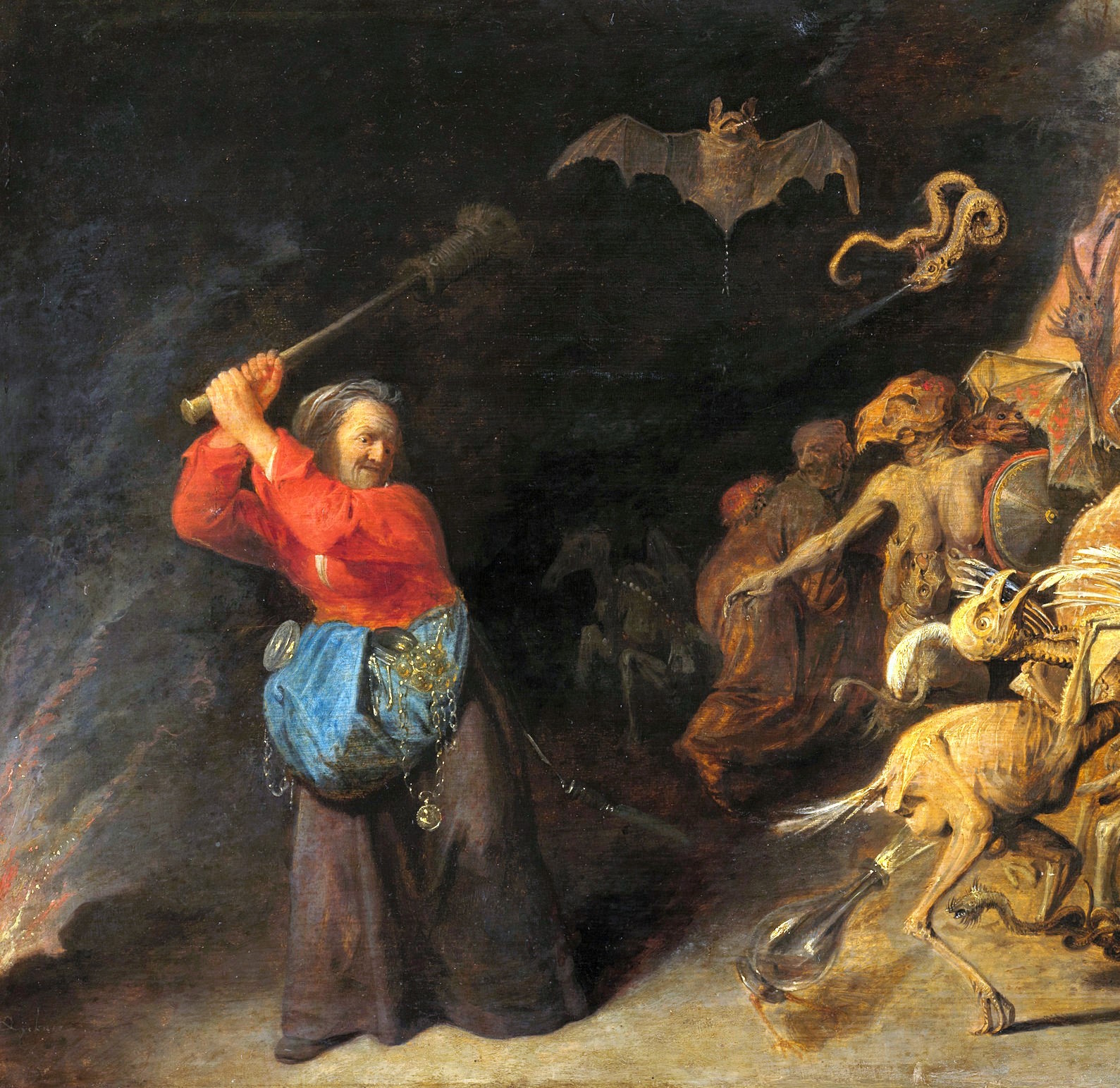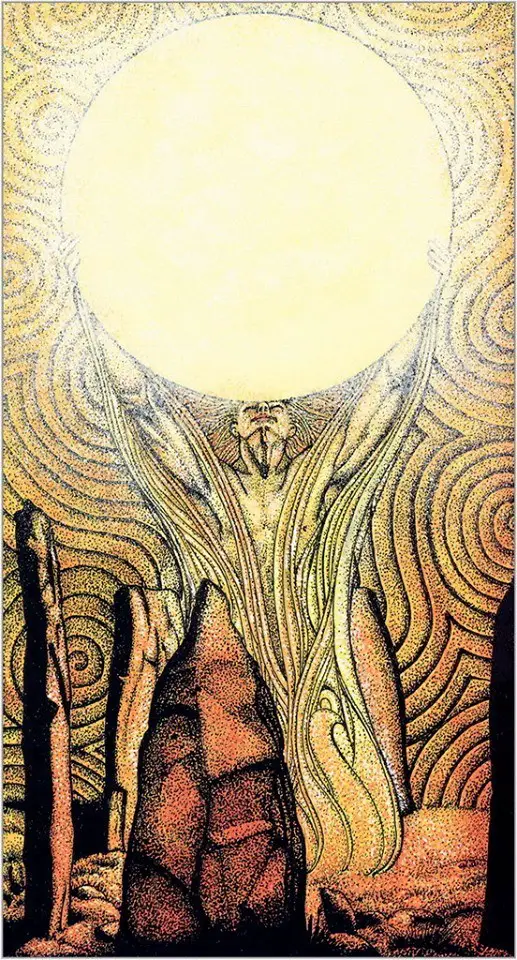Tag: Druids
The Sheela-na-Gig and the cult of generative powers in Celtic Christianity
The cult of generative powers that permeated the ancient Celtic (and pre-Celtic) religion remained in vogue in Ireland even after the advent of Christianity, to the point that some scholars speak of a "Celtic Christianity" which, under the veil of the new cult, would have kept the ancient sacred doctrines intact: one of the most meaningful clues in this sense is the representation of the Sheela-na-Gig first in megalithic sites and sacred wells and, later, in Christian churches themselves.
Fragments of a forgotten shamanism: the Piedmontese Masche
The study of "magical" practices and folkloric beliefs regarding the Piedmontese Masche opens us some glimpses (not too unexpected) on Cosmic-agrarian cults of ancient Eurasia.
Jean Markale: the Other World in Druidism and Celtic Christianity
Examination of the French scholar on the beliefs concerning the afterlife in the Druidic-Gaelic tradition and on how, with the advent of Christianity, they resulted in the literature of "navigations" and in the canonization of Purgatory.
The festival of Lughnasadh / Lammas and the Celtic god Lugh
In ancient times, among the Celtic populations, at the beginning of August Lughnasadh / Lammas was celebrated, the festival of the first harvest, established according to the myth by the god Lugh himself. An analysis of the functions of the latter will allow us to highlight its remarkable versatility and correspondences with other divinities of the Indo-European traditions (such as Apollo, Belenus and Odin) and even with two divine powers of the Judeo-Christian tradition apparently opposed to each other. : Lucifer and the archangel Michael.
Metamorphosis and ritual battles in the myth and folklore of the Eurasian populations
di Marco Maculotti
The zoomorphic metamorphosis topos is widely present in the folkloric corpus of a large number of ancient traditions, both from archaic Europe (on which we will focus mainly in this study), and from other geographical areas. As early as the fifth century BC, in Greece, Herodotus mentioned men capable of periodically transforming themselves into wolves. Similar traditions have been documented in Africa, Asia and the American continent, with reference to the temporary metamorphosis of human beings in fairs: bears, leopards, hyenas, tigers, jaguars. Sometimes, in some historically documented cases of the ancient world (Luperci, Cinocefali, Berserker) "The paranormal experience of transformation into an animal takes on collective characteristics and is at the origin of initiatory groups and secret societies" (Di Nola, p.12).






